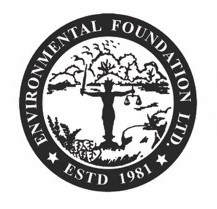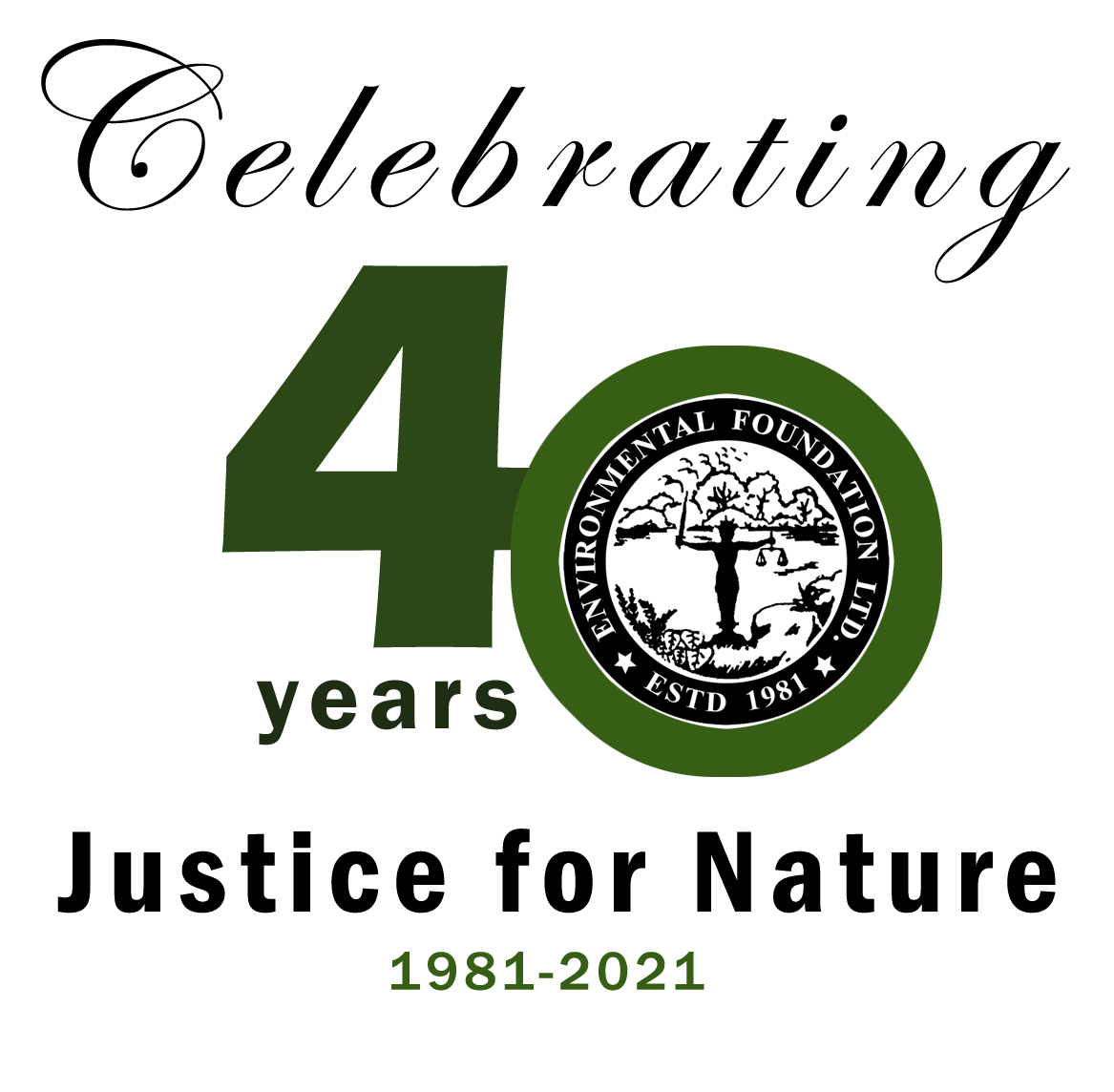EFL conducted a visit to the proposed site of the Sampur Coal Power Plant on the 15th of March, in partnership with Otara Foundation and Trincomalee Green Movement. The purpose of the site visit was to ascertain the status of the coal power plant and observe potential threats that might arise to ecology and the local community due to the construction and operation of a coal power plant. [mk_button dimension=”three” size=”medium” outline_skin=”dark” bg_color=”#00c8d7″ text_color=”light” icon=”” url=”https://efl.lk/v2/wp-content/uploads/2016/04/Sampur-Site-Visit-Report.pdf” target=”_self” align=”left” id=”Buton ID” margin_top=”0″
EFL was informed that an area of 25 acres in the wetlands of Boralesgamuwa – Borupana was being used as an open pit for the karadiyana garbage dump. The land used as a garbage dump is adjacent to the Weras Ganga, which flows into Bolgoda Lake. The site currently utilized by the Moratuwa Municipal Council, Mount Lavinia – Dehiwala Municipal Council, Sri Jayawardanepura Kotte Municipal Council, Maharagama Urban Council, Panadura Urban Council, Kesbewa Urban Council and Boralegamuwa Urban Council. It is managed by the Western
EFL conducted a site visit to Koskulana on the 14th of December 2015 to investigate the environmental impacts posed by a mini hydro power plant constructed on the banks of the Koskulana River, located in the buffer zone of the Sinharaja Forest. In addition to the extensive environmental damage caused by the construction of the weir and powerhouse, EFL was able to confirm discrepancies between the Initial Environmental Examination (IEE) and the implementation of the project. Download the full report here.
Environmental concerns have come to the forefront of global issues in recent years and the world has begun to move towards more sustainable methods of meeting the energy requirements of the growing population. As an island nation rich in natural resources Sri Lanka has the potential to engage in the generation of power through solar, wind and hydro energy. With the encouragement of the relevant government authorities’ Sri Lanka has seen a rise in the contribution of sustainable energy
EFL has detailed the recommendations that resulted from the Water Policy Dialogue held on the 3rd of December to develop a long term solution to industrial water pollution. Informed by a diverse range of stakeholders, the recommendations advise actions that can be taken by the Central Environmental Authority to check industrial water pollution, under themes such as industrial siting, effective compliance monitoring, hazardous waste management and industrial accountability. We invite you, the public, to comment on the proposed recommendations by EFL,
EFL conducted a site visit to Eli Hatha on the 3rd of November 2015, approximately one year after the previous site visit. Although the documents pertaining to the approval of the hydro-power plant stated 3MW capacity, it is clear upon inspection that two turbines are currently installed and operating on full capacity. The information on the ground revealed that due to the heavy rains, the power generation increases to an extent that the power plant shut down during this time.
The Kelani River has a total length of 145 km and 2,292 sq. km of river basin. It is the second largest watershed in Sri Lanka and also it is the most polluted river in Sri Lanka due to discharge of effluent from the rapidly increasing industries located in watershed of the river, agricultural runoff, and domestic and municipal effluents, including ad-hoc dumping of municipal solid waste as stated by the Central Environmental Authority (CEA). The concentration of water
Hakgala Strict Nature Reserve (HSNR) is one of the nation’s most important Protected Areas (PA). It is the only SNR in the country at high altitude, and provides exceptional goods and services (to learn more, visit our Biodiversity Conservation page). Not only does HSNR contain unique and endangered biodiversity, it is also the critical watershed for the Uva Basin, which is one of the poorest areas in the country. In addition, the downstream Uma Oya River supplies Mahaweli systems
- 1
- 2





